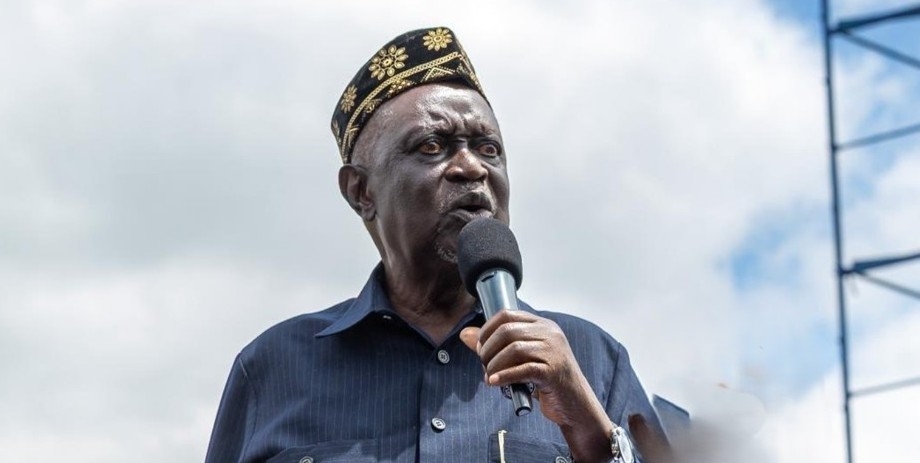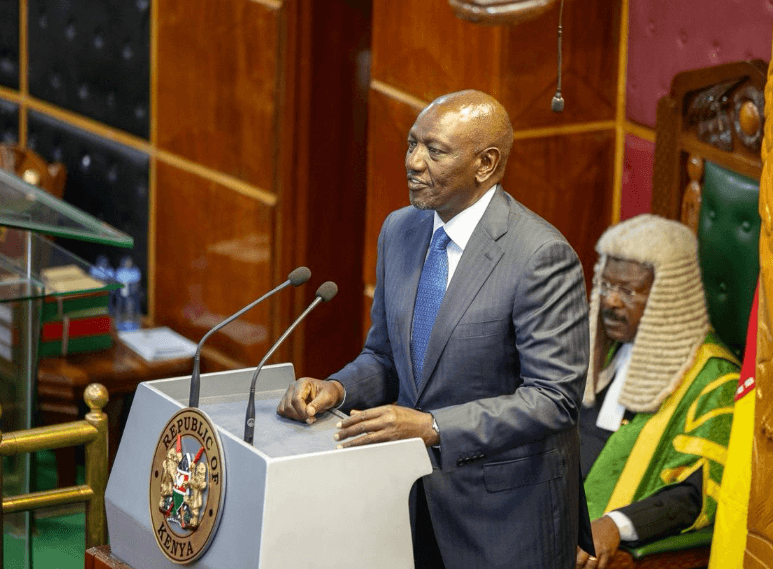Hundreds of carcasses lay scattered around the Giriama Ranch dam on a hot morning in Kilifi as other emaciated goats and cows attempted to reach the small puddle of water left in the pond.
It was early 2017 and residents of Mitangani location in Bamba, Ganze subcounty, were grappling with one of the worst droughts in decades.
Maureen Ongala, a journalist who was among a team that visited villages there to witness first-hand the effect of the drought, came face-to-face with the devastating impact of climate change.
The Red Cross estimated that at least 20,000 people were at risk of starvation in Kilifi at the time.
Moved to take further action, the journalists formed Beyond the Story, an environmental conservation organisation to tackle the challenges posed by climate change and food insecurity.
The current chairperson of Beyond the Story, Ongala, still recalls that visit to Bamba nearly eight years ago.
“Thousands of livestock had died. Many people were rendered destitute,” she says.
The Giriama Ranch dam was constructed in 1972 and had never dried up before the drought in 2017, which was caused by months of failed rains in 2016.
“We did the interviews and some of the residents were willing to sell us mature cows at Sh2,000. They were very desperate as they were not sure their animals would still be alive the following day,” she says.
The journalists devised a programme to raise funds to help the people every time they went to the field to report.
“The people looked weak; some went for days without food. The wild fruits that they depended on during such times were not available. We would donate maize flour and sometimes coordinate with the government for water trucking,” she adds.
However, raising funds as an unregistered group proved an uphill task.
“That is how we started the process of registering the organisation,” Ongala says.
Kilifi county has long experienced unpredictable rainfall and destructive droughts resulting in chronic food insecurity.
The group felt they could contribute even in a little way towards restoring their environment.
To date, the organisation, which was registered last year, has planted more than 30,000 trees – both fruit-bearing and other varieties.
Recently, Beyond the Story initiated beekeeping as part of its food security projects.
Anthony Mwachiro, the group’s secretary, says climate justice is at the core of their activities.
He said the rate at which the forest cover in Kilifi was being depleted alarmed the group, prompting them into advocacy against deforestation.
“You might not be among those cutting trees, but the impact will not single out those destroying the environment. This is among the reasons we decided to directly engage the community to counter the wanton destruction of the forest cover,” says Mwachiro.
He said charcoal burning had become a menace in the region. After cutting trees to burn charcoal, the fuel merchants dug up the stumps for more.
“Every time you visit the interior you would encounter motorbikes and lorries ferrying charcoal to towns. This got us concerned.”
According to the Global Forest Watch – an open-source web portal monitoring global forests – Kilifi had 173, 000 hectares of tree cover in 2010, extending over 14 per cent of the land.
The initiative of the World Resources Institute and backed by Google, USAID, the University of Maryland, Esri, Vizzuality and other public and private organisations shows that there has been massive vegetation loss in Kilifi in just over 10 years.
By 2022, Kilifi had lost 590 hectares of tree cover, equivalent to 180,000 tonnes of carbon dioxide emissions, according to Global Forest Watch.
A 2015 report by the Kenya Forest Service indicated that Kilifi had a forest cover of 96,115 hectares out of its total area of 1,252,382 hectares which translated to 7.67 per cent forest cover.
The dry spell witnessed across Kilifi made most communities living along the coastline turn to mangrove trees, cutting them down to eke out a living.
The move was a threat not only to the environment but also to the breeding of fish species such as crabs and oysters.
With limited resources, Beyond the Story embarked on a mission to engage the residents of Kilifi, Mida and Takaungu creeks in mangrove restoration.
“We have had various sensitisation meetings with the community on the importance of the mangrove ecosystems,” says Mwachiro.
“In our first activity, we planted 10,000 mangroves. We have been doing monthly mangrove restoration drives and it is paying off. To date we have planted over 30,000 mangroves.”
By engaging in community activities, the journalists have continued to build trust while also reporting on climate change.
Ongala said by joining the community journalists not only got the information they needed but experienced people's concerns first-hand.
“When you visit the community just to collect news then you do not get the real feel [of the issues]. We want to be part of this community by partnering with them in their endeavours,” she said.
Ongala said though the organisation plants other trees in different areas, they have taken a keen interest in mangroves due to their ability to sink carbon from the atmosphere.
Beyond the Story programme vice chairperson Francis Mwaro says that the group has partnered with other agencies, including the Media Council of Kenya in mangrove restoration.
“We received financial support from the Media Council of Kenya and they even joined us in planting trees. This gives us the courage to continue healing the world through tree planting,” Mwaro says.
The organisation also partnered with the Agricultural Sector Development Support Programme to plant over 500 fruit trees in Kaloleni and Ganze.
The group is currently implementing the Kauma Climate Smart Initiative that involves the setting up of an apiary and a mangrove tree nursery.
“Apiculture is an old income-generating venture that has a lot of benefits to the environment and the community. For us, we are looking at the diverse bee products from honey, wax, and propolis,” Mwaro says, adding that these products fetch good money.
“The bees will also serve as security for the mangroves. Loggers keep away from areas that have bees. The pollination will have a ripple effect on the mangrove vegetation and other crops around the area. If the mangroves thrive, fish stocks will also increase,” Mwaro explains.
The project is being implemented in collaboration with the Kenya Community Support Centre.
Beyond the Story is also developing a plan to restore Mwangea Hills, a water tower in Ganze that has collapsed because of deforestation.
“People have created farms within the water tower and also built houses. We are waiting for it to be gazetted, then we start the reforestation efforts,” says Mercy Kombe, the treasurer of the group.
Like its name suggests, the team of journalists is going beyond storytelling and acting to mitigate the effects of climate change.












